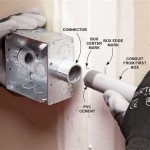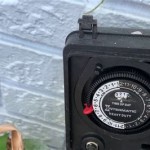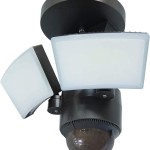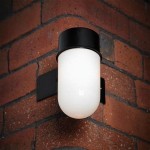How To Repair Outdoor Furniture Fabric
Outdoor furniture fabric endures significant wear and tear from exposure to the elements. Sunlight, rain, and temperature fluctuations can cause fading, tearing, and weakening of the material. Repairing this fabric promptly can extend the lifespan of the furniture and maintain its aesthetic appeal.
The first step in any repair process is to assess the damage. Identify the type of fabric, the extent of the damage, and the location of the affected area. Common outdoor furniture fabrics include solution-dyed acrylic, polyester, olefin, and vinyl. Each fabric responds differently to repair methods, necessitating material-specific approaches.
For minor tears and fraying, a fabric sealant can be an effective solution. Fabric sealants are designed to bond with fibers, creating a waterproof and protective layer. Clean the area around the tear thoroughly. Apply the sealant according to the manufacturer’s instructions, ensuring even coverage. Allow adequate drying time before using the furniture.
Patching is a suitable repair method for larger tears or holes. Patches can be made from matching outdoor fabric or a heavy-duty repair tape specifically designed for outdoor use. If using fabric, cut a patch slightly larger than the damaged area. Position the patch on the underside of the fabric, ensuring it completely covers the tear. Use a strong adhesive designed for outdoor fabrics to secure the patch. If using repair tape, clean the area around the tear and apply the tape firmly, following the manufacturer’s instructions.
Replacing entire sections of fabric might be necessary for extensive damage or when patching is not feasible. This process typically involves removing the existing fabric and using it as a template to cut new fabric. Accurate measurements are crucial for a proper fit. Specialized sewing skills might be required to sew the new fabric panels together and attach them to the furniture frame. Consult the furniture manufacturer's instructions for guidance on disassembly and reassembly.
Cleaning the outdoor furniture fabric regularly can prevent premature damage and extend its lifespan. Different fabrics require different cleaning methods. Solution-dyed acrylics are generally resistant to mildew and fading and can be cleaned with a mild soap and water solution. Polyester fabrics can also be cleaned with soap and water, but they may be more susceptible to mildew. Olefin fabrics are stain-resistant and can be cleaned with bleach solutions. Vinyl fabrics can be cleaned with a vinyl cleaner or a mild soap and water solution.
Protecting outdoor furniture from the elements is crucial for preventing damage and maintaining its appearance. Protective covers designed specifically for outdoor furniture can shield the fabric from sun, rain, and dirt. Storing furniture in a covered area during the off-season or during inclement weather can also prolong its lifespan. Regular application of a fabric protector can provide an additional layer of defense against UV rays and moisture.
When working with adhesives and sealants, proper ventilation is essential. Work in a well-ventilated area or outdoors to avoid inhaling fumes. Follow the manufacturer’s safety recommendations for handling and disposal of these materials. Wear gloves to protect skin contact.
Choosing the correct needle and thread for sewing repairs is important for a successful outcome. Use a heavy-duty needle and thread designed for outdoor fabrics. Upholstery thread is a strong option that can withstand weathering. The thread color should match the fabric for a seamless repair.
Inspecting outdoor furniture regularly can help identify minor damage before it becomes more extensive. Look for signs of fraying, tearing, or fading. Addressing these issues promptly can prevent further deterioration and prolong the life of the furniture. Regular maintenance, including cleaning and protection, is essential for preserving the appearance and functionality of outdoor furniture.
Re-webbing is a common repair for outdoor furniture with woven straps or slings. This involves replacing the worn-out webbing with new material. Measure the existing webbing carefully to ensure the correct size and length of replacement webbing. Specialized tools may be required to attach the new webbing to the furniture frame.
Repairing outdoor furniture fabric can save money and extend the life of valuable outdoor pieces. Choosing the appropriate repair method depends on the type of fabric, the extent of the damage, and available resources. Proper care and maintenance can prevent future damage and ensure the continued enjoyment of outdoor spaces.

Replacing Repairing Dryrotted Fabric On Outdoor Furniture Hometalk

How To Replace Fabric On A Patio Sling Chair

How To Replace Outdoor Sling Chair Fabric With Phifertex

Replacement Sling Cover For Patio Furniture Make Your Own

How To Replace Fabric On A Patio Sling Chair

Diy Replacement Slings For Patio Chairs Absolute Furniture

How To Replace Two Piece Sling Chair Fabric

How To Replace A Chair Sling

Outdoor Makeover How To Replace Patio Furniture Slings Exquisitely Unremarkable

How To Repair Outdoor Furniture Scratches Green With Decor







